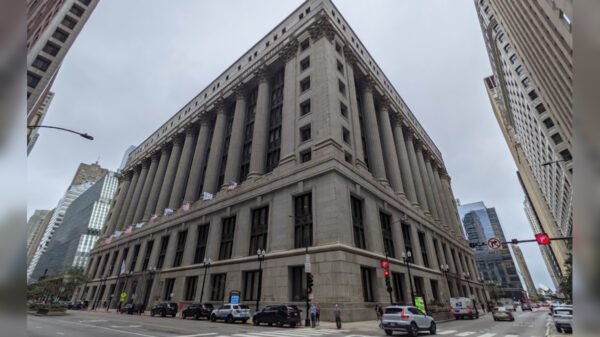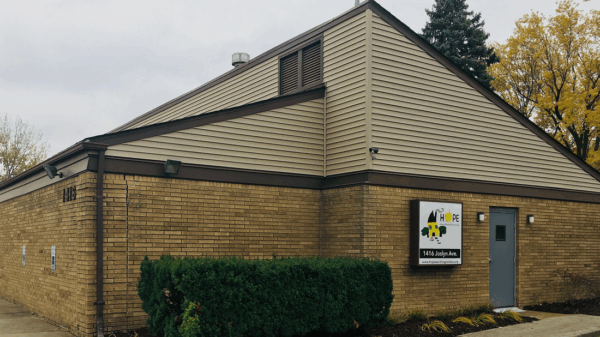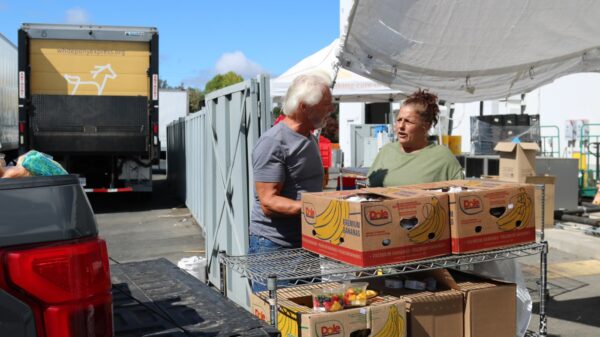UPDATE: The U.S. Immigration and Customs Enforcement (ICE) has reached a staggering 66,000 detainees in custody this week, marking an unprecedented high as President Donald Trump ramps up his immigration enforcement efforts. This surge, confirmed by internal Department of Homeland Security (DHS) data, highlights a significant escalation in detention practices as the administration intensifies its crackdown on illegal immigration.
The record number of detainees reflects a nearly 70% increase since Trump resumed office in January, when ICE held approximately 39,000 individuals. This drastic rise underscores the administration’s renewed focus on immigration enforcement, as ICE’s capacity has expanded to potentially hold 70,000 detainees at one time. This increase has been bolstered by a recent allocation of $45 billion from the One Big Beautiful Bill Act aimed at expanding detention capabilities, with ambitions to operate 100,000 beds.
The historical data reveals that the previous peak occurred in 2019, during Trump’s first term, when ICE held around 56,000 detainees. Today, the agency’s detention system has transformed, incorporating not just for-profit prisons but also military facilities and state-run sites designated for immigration holding.
As of Thursday, internal DHS statistics show that about 33,000 of those detained do not face criminal charges and are held solely for civil immigration violations, while the remaining detainees have various criminal charges. This shift in detainee demographics has been noted, with a significant uptick in unauthorized immigrants lacking criminal records.
While ICE’s detainee numbers can fluctuate rapidly due to ongoing releases and deportations, the current climate has seen releases become increasingly rare, as the administration has rendered many individuals ineligible for bond. ICE’s latest figures indicate that approximately 70% of those arrested by the agency have prior criminal convictions or pending charges, according to DHS spokeswoman Tricia McLaughlin.
Concerns over conditions within ICE facilities have been raised, particularly with a federal judge in Chicago ordering urgent improvements at a processing center in Broadview, Illinois. The ruling, which follows weeks of protests, demands the facility provide clean sleeping mats, adequate meals, and basic hygiene products for detainees.
Muzaffar Chishti, a senior fellow at the Migration Policy Institute, emphasized that the expansion of detention space is driven by a combination of increased arrests and ambitious targets set by the Trump administration, including a goal of 3,000 immigration arrests per day and 1 million deportations annually. Current data indicates ICE has conducted roughly 278,000 arrests since January, averaging 965 arrests per day.
The implications of these developments are profound, affecting countless families and individuals caught in the crosshairs of stringent immigration policies. As ICE continues to ramp up its operations, the humanitarian impact on those detained remains a critical concern.
NEXT: As ICE’s detention population grows, officials warn that conditions may continue to deteriorate unless immediate reforms and oversight measures are implemented. The situation is developing rapidly, and further updates are expected as the administration navigates its controversial immigration strategy.




































































